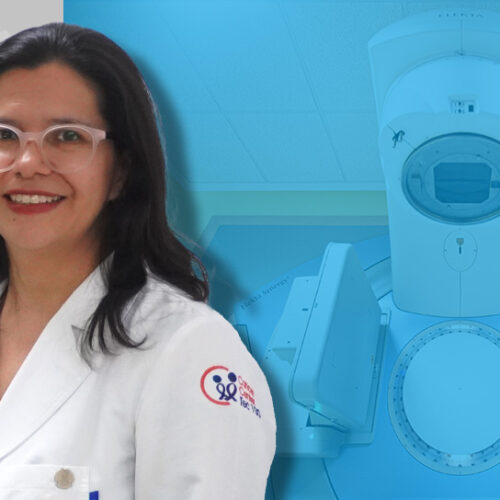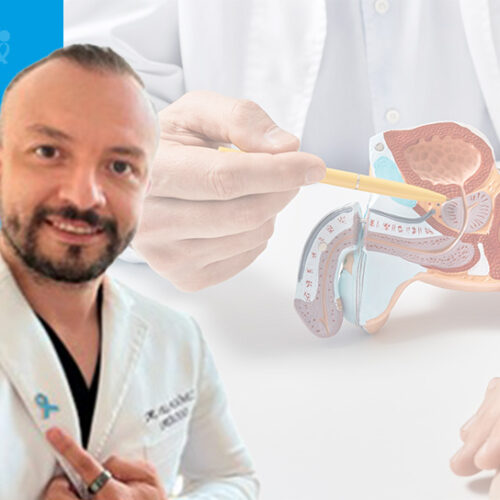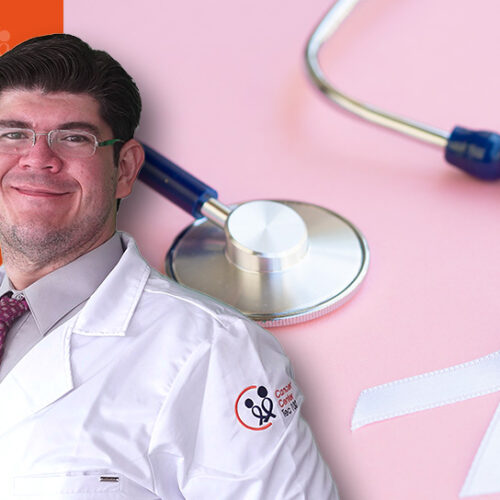En las últimas décadas, el tratamiento del cáncer ha evolucionado de manera significativa, pasando de estrategias inespecíficas como la quimioterapia citotóxica hacia terapias dirigidas y altamente personalizadas. Este cambio se sustenta en una comprensión más profunda de la biología molecular del cáncer, lo que ha permitido identificar alteraciones genéticas y vías de señalización específicas responsables del crecimiento tumoral.
Tag: Cancer
EL CÁNCER DE PRÓSTATA YA NO ES LO QUE ERA
Durante décadas, el diagnóstico de cáncer de próstata se asociaba con miedo, incertidumbre y tratamientos agresivos. Hoy, gracias a los avances en la medicina moderna, esa historia ha cambiado. El cáncer de próstata ha dejado de ser una sentencia para convertirse en una enfermedad que, detectada a tiempo, puede tratarse con precisión y con resultados que preservan la calidad de vida del paciente.
Tócate. Explórate. Ve con tu médico.
Conoce las señales de alerta, la autoexploración es el primer paso para la detección temprana del cáncer de mama.
LA EVOLUCIÓN DEL TRATAMIENTO DE CÁNCER DE MAMA
El tratamiento del cáncer de mama, una de las enfermedades más antiguas y documentadas de la historia, ha experimentado una transformación asombrosa a lo largo de los siglos. Desde las prácticas primitivas de la antigüedad hasta las terapias personalizadas de hoy, la evolución ha sido impulsada por descubrimientos científicos y tecnológicos.
CÁNCER DE TESTÍCULO
El cáncer de testículo es un tipo de cáncer que se origina en los testículos (las glándulas reproductoras masculinas). Aunque es menos común que otros tipos de cáncer, su incidencia ha ido en aumento en las últimas décadas, y es fundamental que los hombres en edad reproductiva conozcan sus características para poder detectarlo a tiempo.
NOTIGENÉTICA: GENÉTICA HUMANA
Existe un grupo particular llamado síndromes de susceptibilidad al cáncer. Los cuales generalmente están asociados a tumores cuya frecuencia en la población es baja, habitualmente ocurren en órganos que rara vez desarrollan malignidad y se pueden presentar más de un tipo de cáncer en el mismo paciente.
“Tengo cáncer. ¿Qué hago ahora?”
Recibir un diagnóstico de cáncer puede ser una experiencia abrumadora y difícil de asimilar. Es normal sentir una mezcla de emociones, desde miedo y confusión hasta incredulidad y tristeza. Sin embargo, es crucial recordar que no estás solo y que hay pasos que puedes tomar para enfrentar este desafío con la mayor fortaleza posible.
Questions that you can do to your doctor to know all the details of your treatment
All patients should be treated with autonomy, beneficence, justice, and without conflict of interest. In addition, as a patient you have the right to know all the details about the medical care you are giving.
NOTI-GENETICS: Constants in the EGFR gene and KRA
A recently published study (S. Sakata-2022) made in a japanese population, using a panel of next-generation sequencing (NGS), we examined > 300 adenocarcinomas of the lung, identified in approximately half of the cases, variants constants in the genes EGFR and KRAS, which provides useful information to study and identify variants in these genes in patients with lung adenocarcinomas.
Research in CCT100
This year, Cancer Center Tec100, formally began the research department. The activities that took place were different and with a lot of involvement of the network of specialists.










